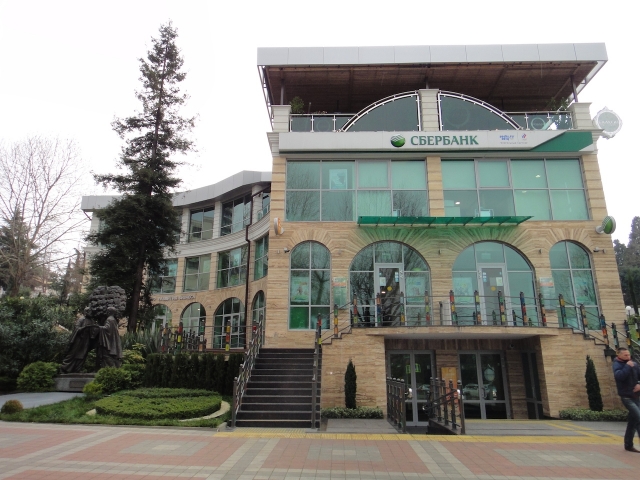
1. Sberbank
Sberbank overtook the previous leader – the Rosneft oil company, which took only the third position this year. During the past year, the capitalization of Sberbank increased by almost 40% to $84 billion.
The share of market capitalization of the financial sector companies grew yearly to 16.9% instead of 15.8% in 2016, while the market value of these companies approached $110 billion.

2. Gazprom
The company managed to climb from the 3rd line in 2016 to the 2nd in 2017. This is despite the fact that the company's capitalization has reduced by 11% and now amounts to $53.35 billion. But still, the gap with the third place is $45 million.

3. Rosneft
The company, which was at the very top at the end of 2016, having managed to move the long-term leader Gazprom, could not maintain the leadership and went down to the third line of the rating at the end of 2017. This is due to a decrease in the Rosneft's capitalization by 24% per year to $53.3 billion.
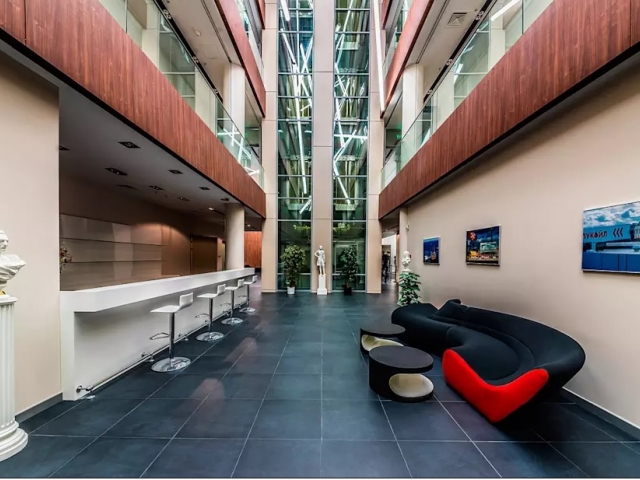
4. LUKoil
The company has secured the 4th place. The LUKoil capitalization for the year increased by 1.9% and achieved $48.9 billion. In total, in 2017, only 55 out of 100 companies managed to generate a capitalization growth. This is notably less than last year's result of 91 companies.
Overall, in 2017, the capitalization growth of five companies was multiple, which is due in most cases to additional issues.
For comparison, in 2016, 25 companies showed a multiple gain of capitalization, which was most often determined by the dynamics of shares.
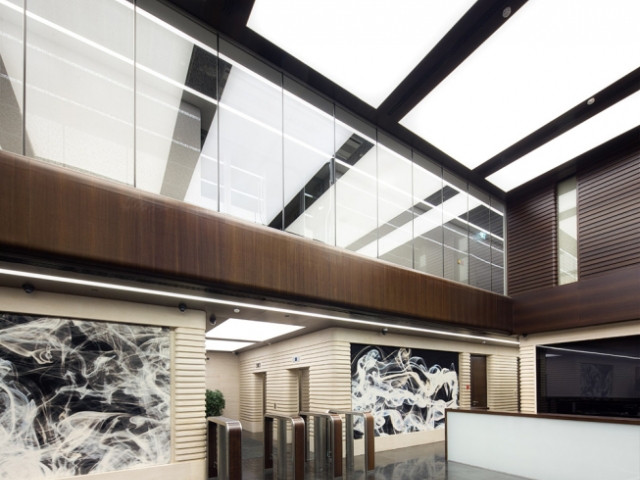
5. Novatek
The decline in capitalization by 9.4% to $35.5 billion did not prevent Novatek from taking the fifth place.
This year, the entry threshold to the rating of top 100 most expensive companies was set at $15.3 billion against $15.9 billion a year earlier.
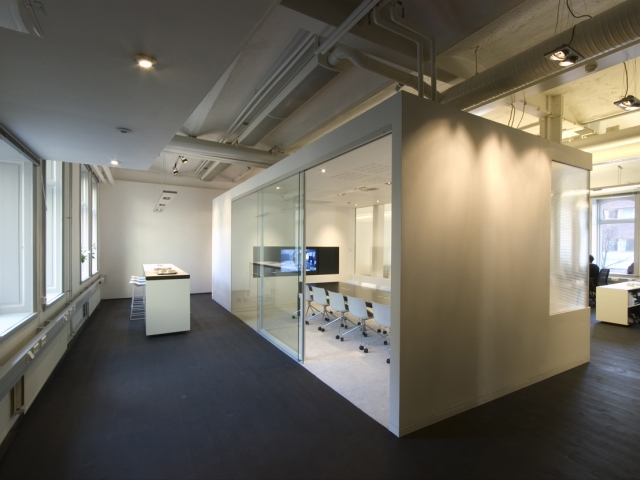
6. Nornickel
Since last year, the company has secured its position on the sixth line in the rating. The Nornickel's capitalization increased by 12.6% to $29,5 billion.
According to experts of the RIA Rating agency, in 2018 the quotation growth of most companies, which began in the middle of 2017, will continue. Meanwhile, for many of them, the low base effect has already been exhausted, and the growth should not be very strong.
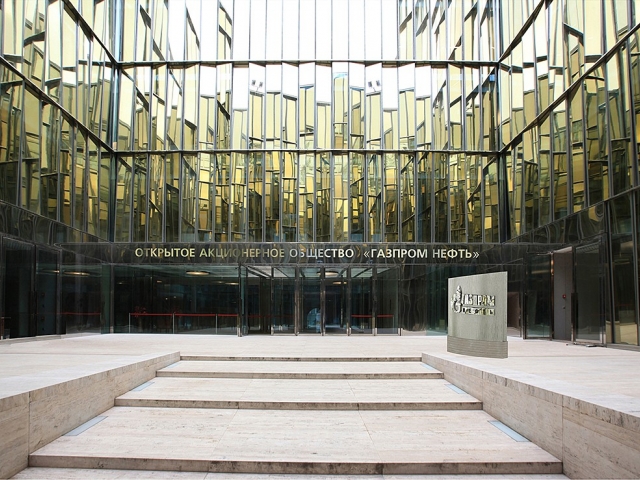
7. Gazprom Neft
The company climbed from the 9th line to the 7th one. This is largely due to the growth of capitalization by 19.4%.
Corporations which are engaged in oil and gas production and refining, according to the total capitalization (39.9%) of the top 100 most expensive companies in Russia, overtake other industries. Nevertheless, the total capitalization is by 4.2% less than a year earlier. Experts see a direct link between a decline in the proportion and the negative dynamics of value in a number of the largest companies in the sector.

8. Tatneft
The corporation demonstrated a recovery from the 11th place in 2016 to the 8th one in 2017. But generally, the list of the 100 largest public companies has not changed significantly for a year. According to the results of the last year, nine new companies were included into the list, five of which were due to IPO and SPO: En + Group, Detsky Mir, Lenenergo, Ingrad, and the 36.6 pharmacy chain.

9. Surgutneftegaz
Surgutneftegaz with a capitalization of $17.1 billion (-5.6%) lost two positions of the rating.
In comparison with 2016, Magnit and VTB out of the ten largest retailers were eliminated. The last one moved from the 10th to the 14th place, which was caused by a 33% decrease in capitalization. The Magnit's capitalization has decreased even more, by 39%. So, following the results of 2017, the corporation took only the 16th place among the most expensive Russian companies.

10. NLMK
The third industry in terms of the total capitalization was metallurgy. It accounts for 13.9%. NLMK jumped to the top ten from the 15th line due to the increase in capitalization by 35.8%.
In general, the year of 2017 can be called the year of metallurgists, since following the prices for steel and coal, their stock quotations showed a rapid positive dinamics.
The total market capitalization of the 100 most expensive Russian public companies, according to the 2017 figures, increased by 1.3% to $643 billion.
In the picture: the Moscow office of NLMK Novolipetsk.
 বাংলা
বাংলা 
 Русский
Русский English
English Bahasa Indonesia
Bahasa Indonesia Bahasa Malay
Bahasa Malay ไทย
ไทย Español
Español Deutsch
Deutsch Български
Български Français
Français Tiếng Việt
Tiếng Việt 中文
中文 हिन्दी
हिन्दी Čeština
Čeština Українська
Українська Română
Română
